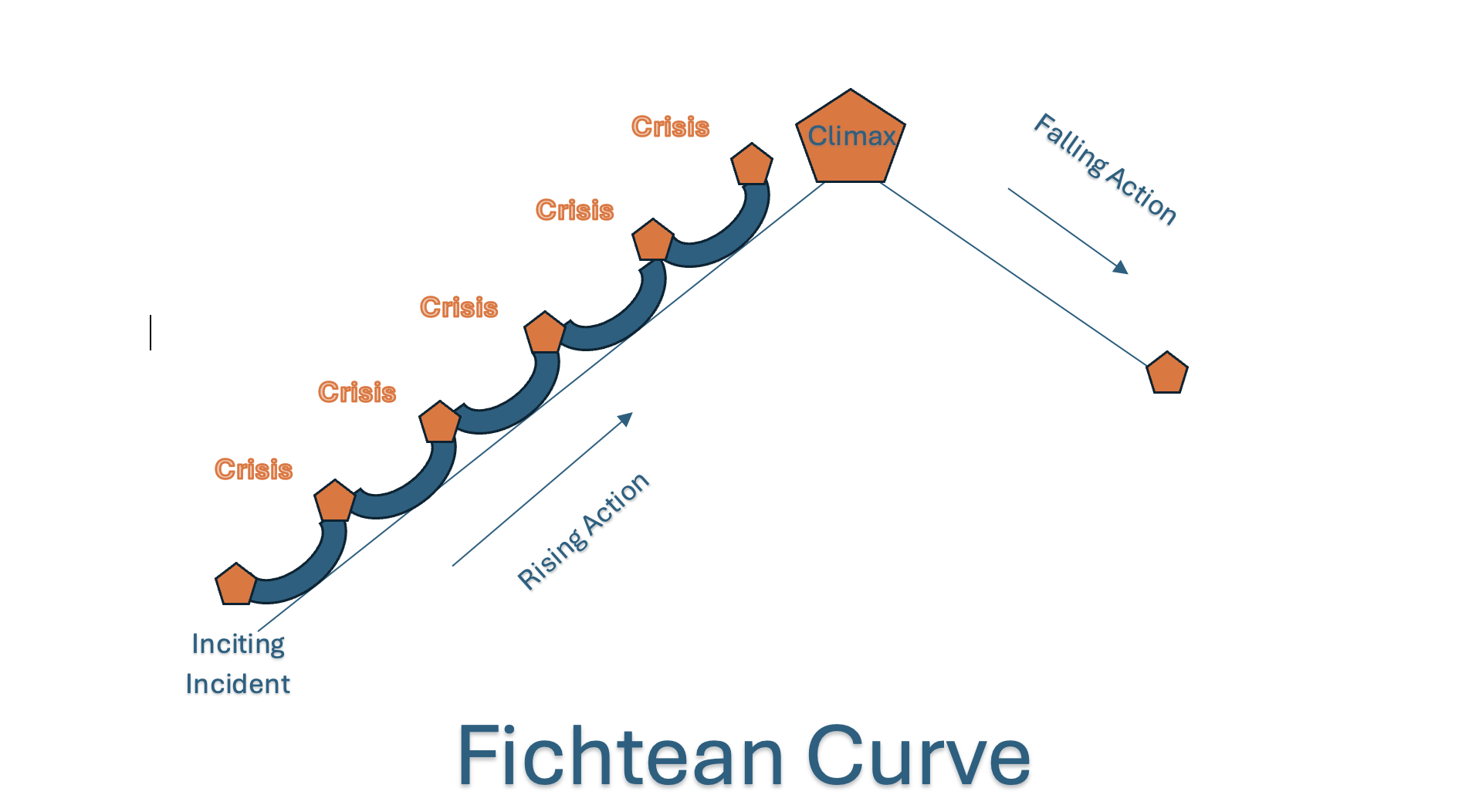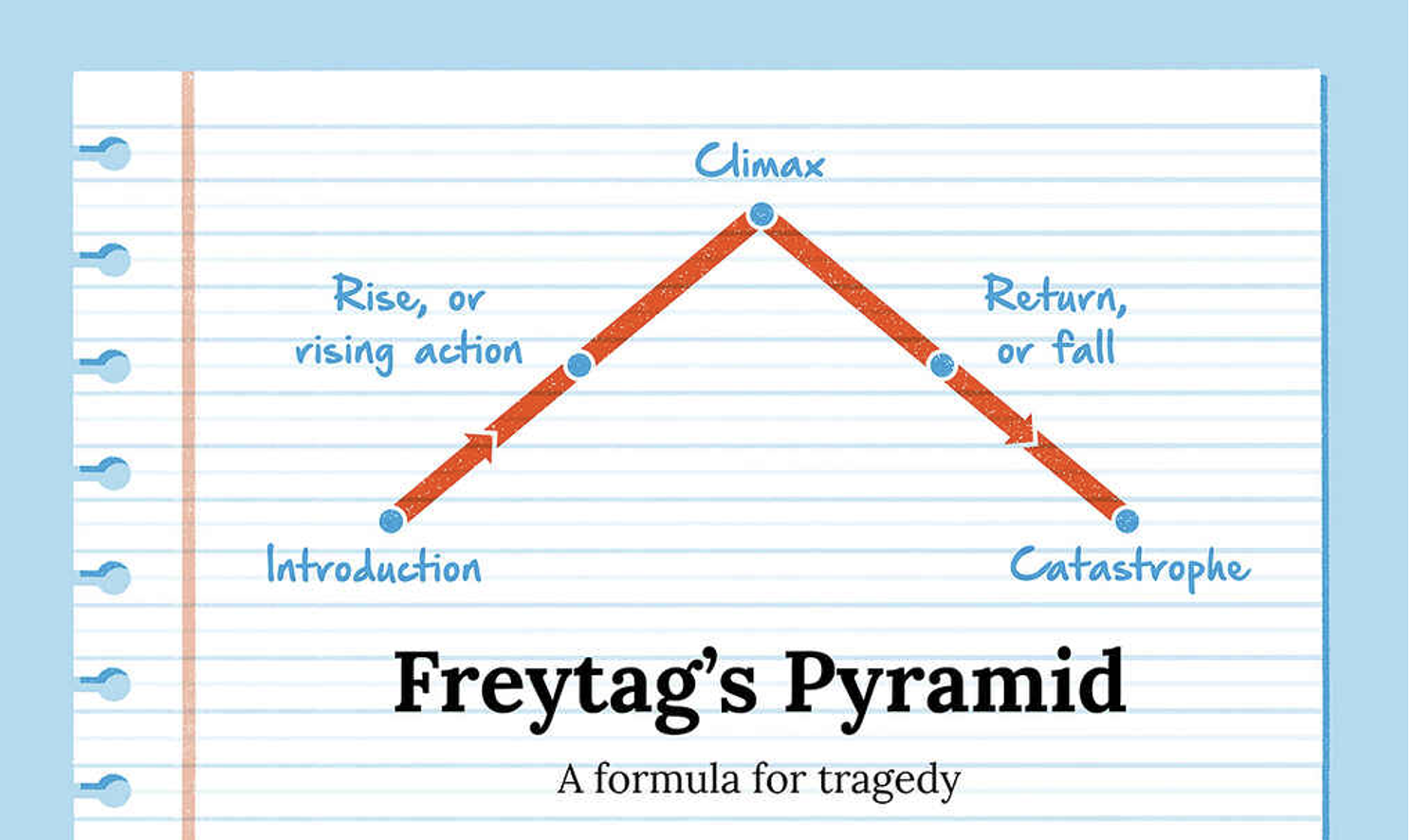Organizing the Plotting of My Novel
Amazon Affiliate Disclosure
Pauline J. Grabia participates in the Amazon Services LLC Associates Program, an affiliate advertising program, and earns from qualifying purchases from links in this post.
Please subscribe to my email newsletter for updates on my website and blog and exclusive access to the Prologue of my novel, Filling the Cracks, posted a chapter at a time each Wednesday on my blog. You can do so in the form found in the footer of this page. Thank you!
As I’ve spent years writing, I've learned the need to remain organized as I do my pre-writing and plotting before I begin writing the body of the novel. This usually involves brainstorming, fleshing out the idea, writing synopses, rewriting synopses, researching subject matter, and plotting outlines and scene lists for the story. Since I’m an ink-and-paper writer, I like brainstorming everything on paper before uploading it to my laptop for storage. In the past, that meant a lot of legal pads and looseleaf everywhere, but modern technology has come up with ways in which an old-fashioned gal like me can write things out by hand and remain organized in the modern world.
Brainstorm and Save the Trees
My first step in my process is to brainstorm my story ideas on paper using mind mapping, lists, doodling—you name it, if it’s moral and helps the creative process, I’m willing to try it. That used to mean pulling out the legal pads, pens, and markers, and going to town, creating a pile of scribbled-upon sheets of paper I’d then have to sort through, categorize, and load into binders which I kept on a bookshelf in my office. I still use binders often, especially to contain hard copies of my manuscripts or writing worksheets that help me plan.
However, I found a better way after receiving my Rocketbook as a Christmas present. I can write using a Pilot Frixion pen, scan what I’ve written to cloud storage, and then save it on my laptop’s hard drive or back it on a USB memory stick. I save it in a folder titled after the working title I’ve given the story. Often, that’s just the protagonist’s name to start; I develop a better title after the actual writing has begun. In the novel folder, I create sub-folders for categories like Plot, Character, Theme, Setting, Conflict, etc. I make several backups of everything I write because you never know when a laptop might crash, or the internet might go down. For that reason, I sometimes keep hard copies of my work in vinyl binders—but that’s just my distrust of modern technology exposing itself.
From Brainstorming to Synopses
After brainstorming, I write several versions of synopses for the story. The first draft usually is twelve to fifteen pages long, as I’m still brainstorming and coming up with ideas as I write it. Again, I do this by hand in my Rocketbook or on a legal pad. Creativity comes easier with a writing implement in my hand. I then rewrite my synopsis, sometimes not shortening it on the second draft but changing ideas and plot beats. After that, I leave it for a day or two before rereading the second draft, and if I still like it, I work on shortening the synopsis to no more than three pages (750 words). I then scan it into the cloud and save it to my laptop and backup storage. Tightening and condensing my synopsis is perhaps the hardest part of my process. If you haven’t already noticed, I tend to be ‘long-winded.’
From Synopsis to Obligatory Scenes and Conventions
Once I’m satisfied with my three-page (or less) synopsis, I ensure my story idea has all the obligatory scenes and conventions expected in my writing genre. This means I want to be certain my story idea fits expectations for romance and suspense novels since I write predominantly in the romantic suspense genre. If I can generate scenes from my synopsis that fulfill these expectations, I can move on to the next step: writing the skeletal outline. Again, everything is written by hand and scanned from my Rocketbook to the cloud and hard storage before I move on.
Constructing the Three-Act Outline
When I outline, I base it on a model presented by K.M Weiland, using major plot points or beats in a three-act structure. (See her book, Outlining Your Novel: Map Your Way to Success. PenForASword, 2011). Each act is broken into plot points and sections that well-constructed stories naturally follow as they proceed from beginning to conclusion. I find the location of the obligatory scenes along the outline and then fill in the rest of the plot points from my completed synopsis.
For example, in a story I’m currently toying with, Act One might look like the following:
I. Act One
A. Hook: (1%) X narrowly escapes from the security forces protecting her Kelowna-based mansion home, which has become her prison, while her husband is passed out from drinking too much wine.
B. Set-up: (1-12%) X evades her husband's people attempting to hunt her down and tries to establish a new life for herself in Chilliwack.
C. Inciting Event (Incident): (12 %) X meets Y when he drives through an uncontrolled intersection and runs X off a slippery road into the ditch. He (Y) helps her and offers to pay for any damages, but she drives away in a rage without giving Y her name. Y is instantly fascinated by this stranger to his small community.
D. Build Up: (12-25%) X works to establish herself in Chilliwack and avoid her husband's threat, which includes working as a governess for Y’s daughter and growing accustomed to life at Y’s mansion in the hills overlooking the community.
E. First Plot Point: (25%) After Thanksgiving Dinner, X tells Y the truth about her father being a member of the Frasier Valley Syndicate and swears Y to secrecy. Deeply moved by X’s story, Y kisses her. X pushes him away, reminding him that his invalid wife is still alive.
I continue the same process with Acts Two and Three. Once I’ve written this out, I again scan and save it before moving on to fleshing out the Three-Act Outline structure with a more detailed scenes list, written by hand first.
From Skeleton Outline to Scene’s List
I admit I’m a Pinterest junkie and get much of my knowledge from reading other writers’ blogs on Pinterest. I don’t always keep track of where I got an idea from, and this is one of those cases. So, to avoid being accused of plagiarism, let me state here that this idea is not original. I stole it from someone else, and when I discover exactly who I stole it from, I’ll return and edit this blog to include a proper citation.
I move from the basic skeleton three-act outline to creating a scene list. If you break the average romantic suspense novel down by numbers generally accepted throughout the publishing industry, the average accepted length should fall between 70000 and 90000 words. I’m choosing 80000 as the target of most of my novels (but I’m long-winded and tend to overshoot). Somewhere I read that the average chapter should be between 2500 and 3000 words. I chose 3000 as my target. If you divide 80000 words by 3000, you get 26.7 chapters. So I choose to round down to 26 to be safe. Another source stated that the average scene length is around 1500 words or two scenes per chapter. That would equal approximately 52-54 scenes. With these numbers in mind as targets (but they aren’t set in stone), I break my acts into the appropriate number of scenes in the outline. It looks something like the following:
Act One = 25% of the novel (25% times 80000 words = 20000 words)
· 20000 words equals approximately seven chapters or 14 scenes.
· Hook is at 1% mark or Chapter One, scene 1.
· Inciting Incident is at the 12 % mark, or halfway through Act One, so around Chapter 3 (scene 7).
· First Plot Point is at the 25 % mark, or the end of Act One, so around Chapter 7, scene 14.
Using these numbers, I can create fourteen scenes to complete Act One, knowing where my major plot points should fall. I repeat with Act Two, approximately 50% of the novel, and Act Three, the remaining 25%.
My Scene List might look something like the following:
I. Act One: 14 scenes
Scene One: (Hook) A delivery driver X has befriended and paid proceeds to drug Z’s wine during his visit. With his help, X escapes the Sutton winery security (in Kelowna) in the hidden space neath the floor of the box of a delivery truck.
Scene Two: Two months earlier: X is forced to host a gala thrown by Z at the winery, but when Scene Two: catering runs out of wine for the guests, X goes to the winery's cellars for more. She discovers the secret chambers below the cellars where Z keeps “The Dungeon,” where children and young teens are trafficked and used as sex slaves during the party. X realizes Z is deeply involved in the same operations as her criminal father and is so disgusted that she plans to escape him.
Scene Three: X meets with a delivery driver once when Z isn’t home. She secrets him a diamond broach and a note begging him to help her escape her husband’s fortress. The driver gives her a note on an invoice as he leaves the winery, assuring her of his help.
And so forth. I complete my scene list for the entire novel and upload it to my cloud and laptop storage.
From Scene List to Scene Outlines
After completing my scene list, I complete mini outlines for each scene. I usually use worksheets on my laptop, filling in the blanks and saving each scene as a file. Each scene has an introduction, middle, and conclusion that I plot, noting how it applies to and advances the theme and character arcs. From this point, everything else is completed using my laptop. I move from the scene outlines to writing out each scene as part of my first draft. Writing in scenes allows me more fluidity—I can move scenes around to where I feel they fit best after they’re written. I enter everything into Scrivener, which I highly recommend to anyone wanting a single place to plot and organize their writing, especially if you’re more technically inclined than I am. You can do everything I’ve just written about directly into Scrivener rather than writing it out by hand.
And that’s it! That’s my process of prewriting and plotting my stories before I create my first and subsequent drafts. If you have any comments or questions, please mention them below. Thank you so much for reading. I hope this was useful and informative. Please recommend my blog to your family and friends and subscribe to my monthly newsletter to learn more about what is coming up in the future on my website, www.paulinejgrabia.com and blog.
Coming to my blog in weekly installments starting August 2, 2023, is my new novel, Filling the Cracks. Check out my website for more information, and check back here each Wednesday for a new chapter.
Thank you, and may God bless you richly.
Pauline




In previous posts, we have explored various forms of story structure, including Freytag’s Pyramid, the Fichtean Curve, and the Hero’s Journey. Each of these is an effective story structure for a writer, depending on the narrative. The Three-Act Story Structure is one of the most used story frameworks in literature and film. This structure divides the story into three main sections or acts: Act 1, the Setup (or Beginning); Act 2, the Confrontation (or Middle); and Act 3, the Resolution (or Ending). This will not be a comprehensive exploration of the three-act structure, as there are other blogs listed at the end that do a much better job than I could of deeply examining the elements of this structure.